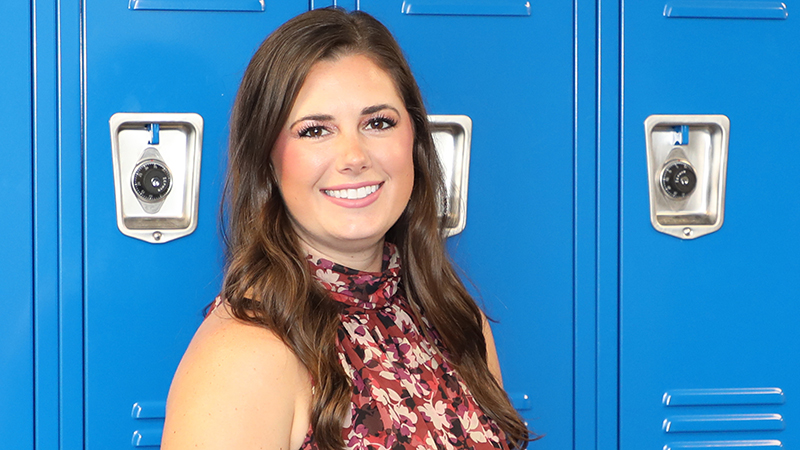KELSEY BORZA — Know the facts about charter schools
Published 12:24 am Sunday, September 25, 2022

- Kelsey Borza, Bob Hope School Fund Developer.
|
Getting your Trinity Audio player ready...
|
The Bob Hope School has been providing students in Jefferson County with a high school diploma since our first graduating class of five students in 2011.
In one decade, Bob Hope High School has grown tremendously. The graduating class of 2022 consisted of 93 seniors.
While most Port Arthur residents are familiar with our program, know students of ours, teachers of ours or have visited our campuses … we find many still don’t fully understand what it means to be a “charter school.”
“Are they private or public?”
“Do they get more money?”
This article takes on a few of the most frequently repeated myths in Texas and sets the record straight with facts, data and research provided by the Texas Public Charter School Association.
First, a little background information. Charter schools were first authorized by Texas in 1995. They provide tuition-free public school options to students and families.
They are often called “open-enrollment” charter schools because they are open to all students. All charter schools in Texas are authorized to open by the Texas Education Agency through an application process and are funded through the state’s Foundation School Program – just like traditional independent school districts.
Charter schools are also held to the same academic and financial standards as traditional ISDs.
Let’s get into some common misconceptions about charter schools.
MYTH NO. 1: Public charter schools “cherry pick” students.
FACT: Public charter schools must take all students and are legally prohibited from selecting students based on academic ability or other preferences. Public charter schools must allow any school-aged child to enroll in their schools if they live within the geographic boundary approved in its state authorized charter and subject to open seats.
Under the Texas Education Code, open enrollment charter schools cannot discriminate in their admission policies based on “sex, national origin, ethnicity, religion, disability, academic, artistic, or athletic ability, or the district the child would otherwise attend.” If the number of applications exceeds available seats at a public charter school, they must hold a random lottery to fill seats. Therefore, charters by law may not choose high performing students to fill their classrooms.
MYTH NO. 2: Public charter schools receive more funding than traditional Independent School Districts.
FACT: Public charter schools receive only 85 percent of total per-pupil funding that traditional ISDs receive.Texas school districts receive state and local funding to educate their students. Public charter schools, however, receive NO local tax dollars. Because traditional ISDs receive local and state funding, there is a funding gap: traditional ISD schools receive $1,700 per student more than public charter schools.
MYTH NO. 3: Public charter schools do not enroll students with disabilities and do not offer services for these students.
FACT: Public charter schools offer services for students with all forms of special needs. In the Bob Hope School District, 8 percent of students are those with special needs. Public charter schools are prohibited from excluding students on the basis of disability and all state and federal laws regarding special education programs apply to open-enrollment charter schools, just as they do at traditional ISDs.
The Bob Hope School, serving students from pre-Kindergarten 3 through 12th grade in Port Arthur and Beaumont, is proud to offer families in Jefferson County another choice for their free, public education.
All of our schools are still enrolling students for the 2022-23 school year and as mentioned in this article, ALL students are welcome to join the BHS family.
Kelsey Borza is the fund developer at Bob Hope Schools. She can be reached at 409-983-3244, ext. 566 or Kelsey.Borza@BobHopeSchool.org.





